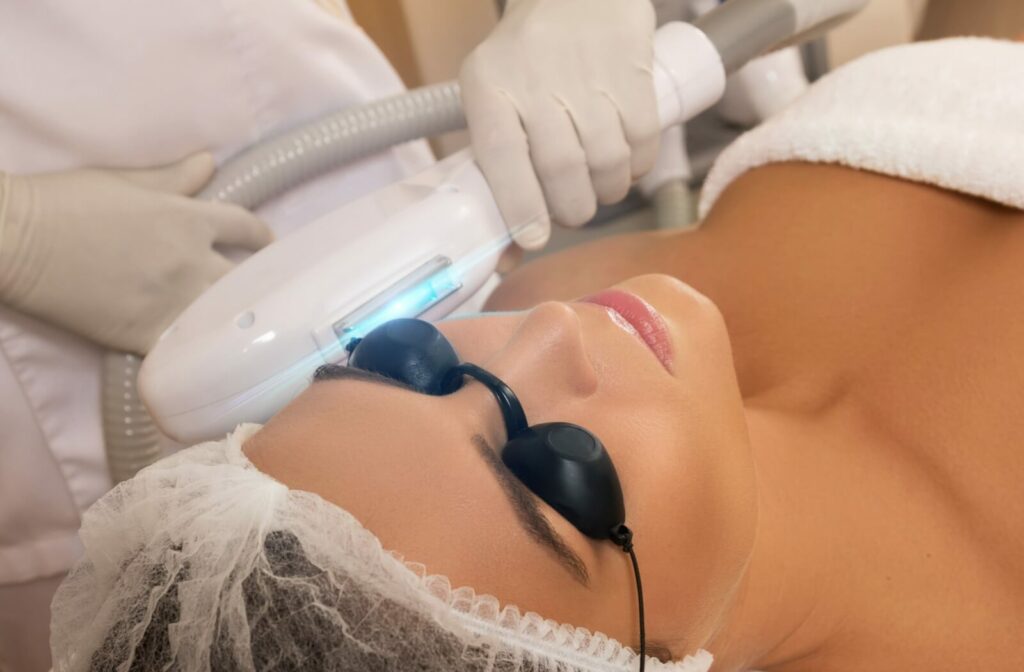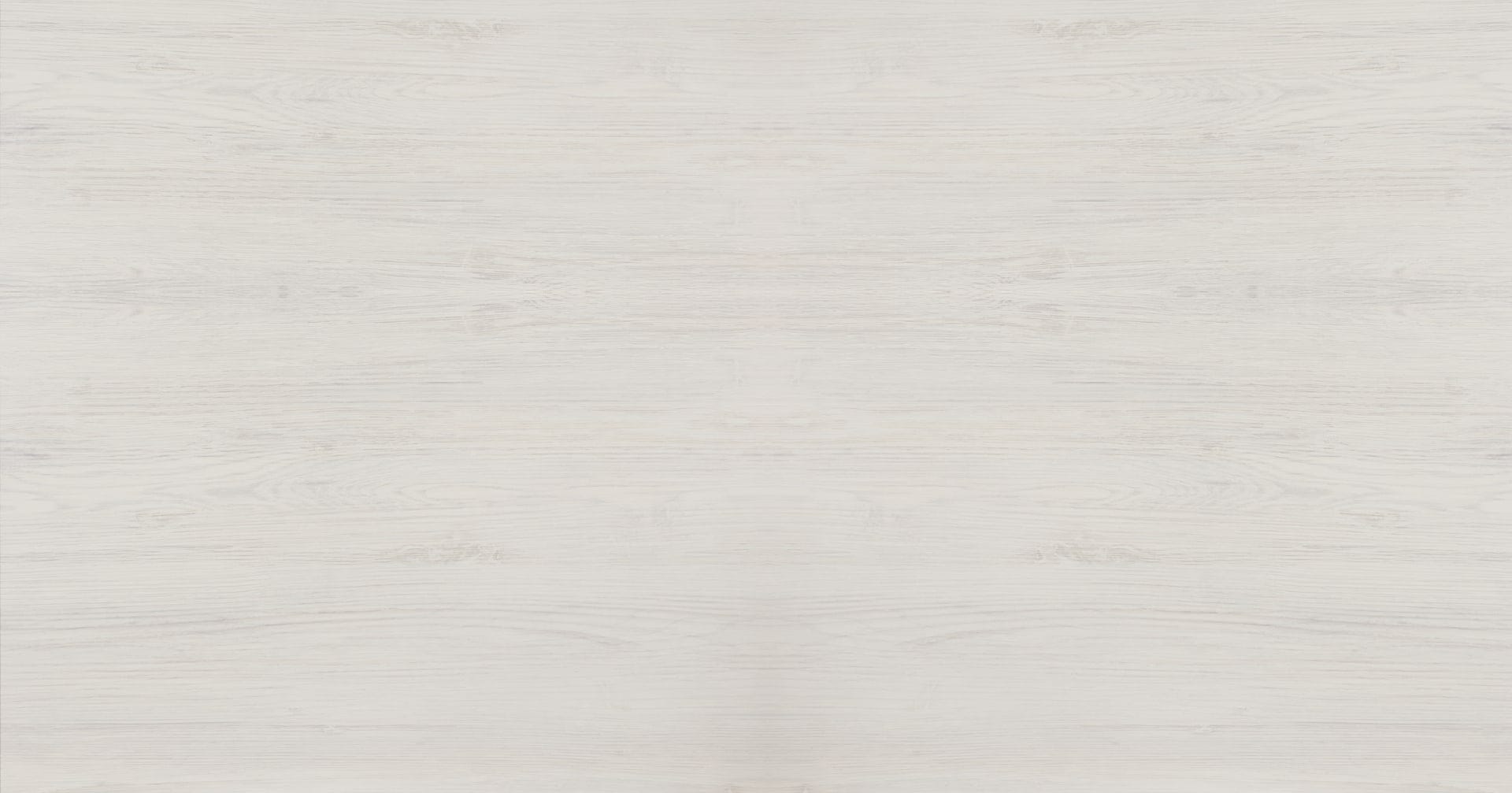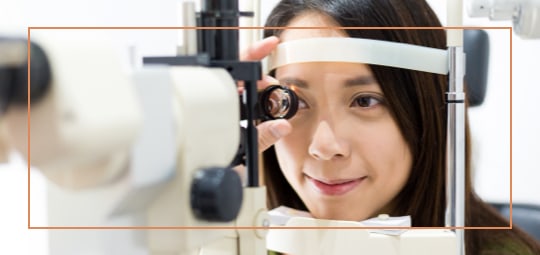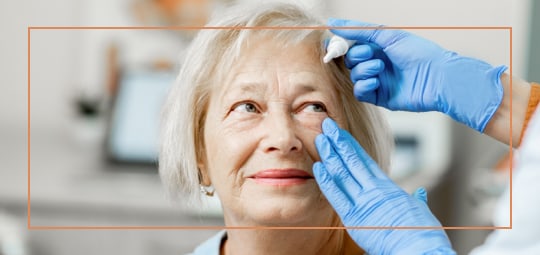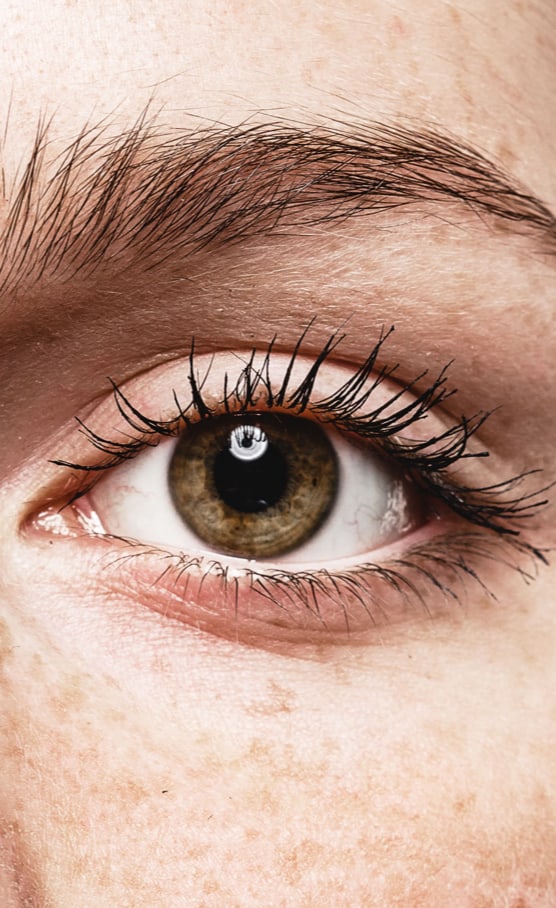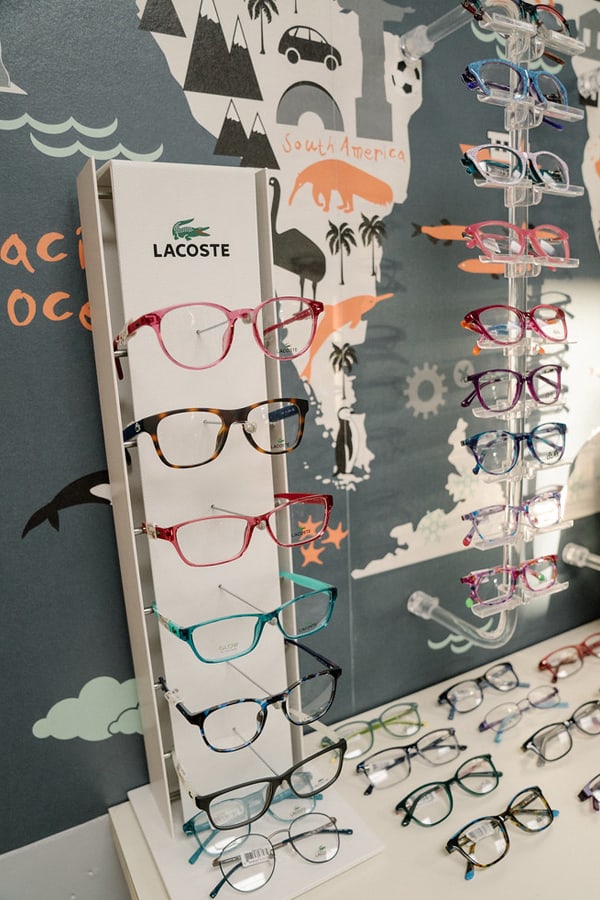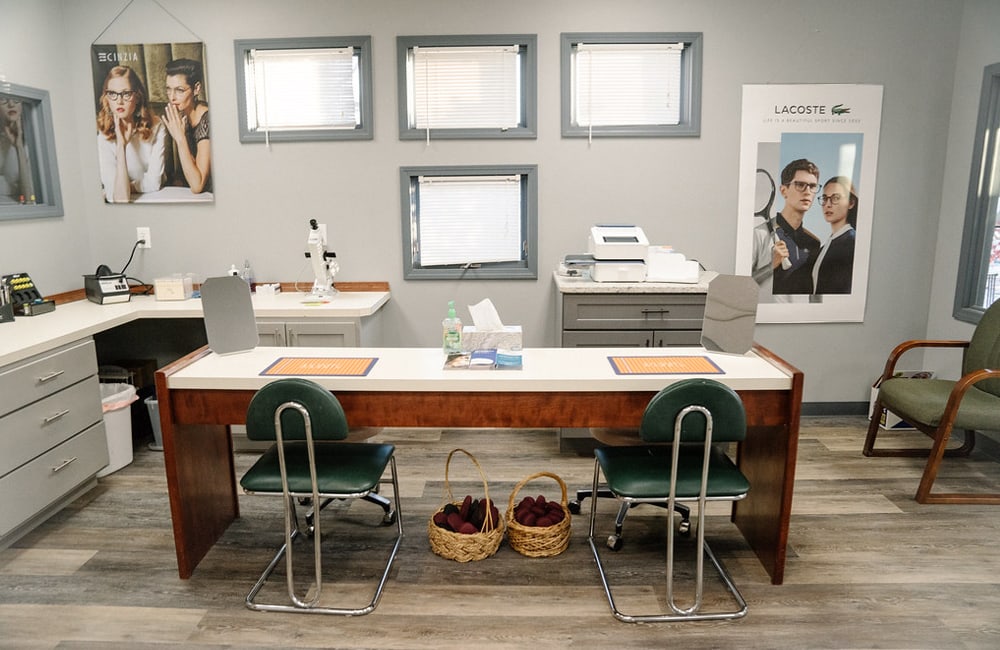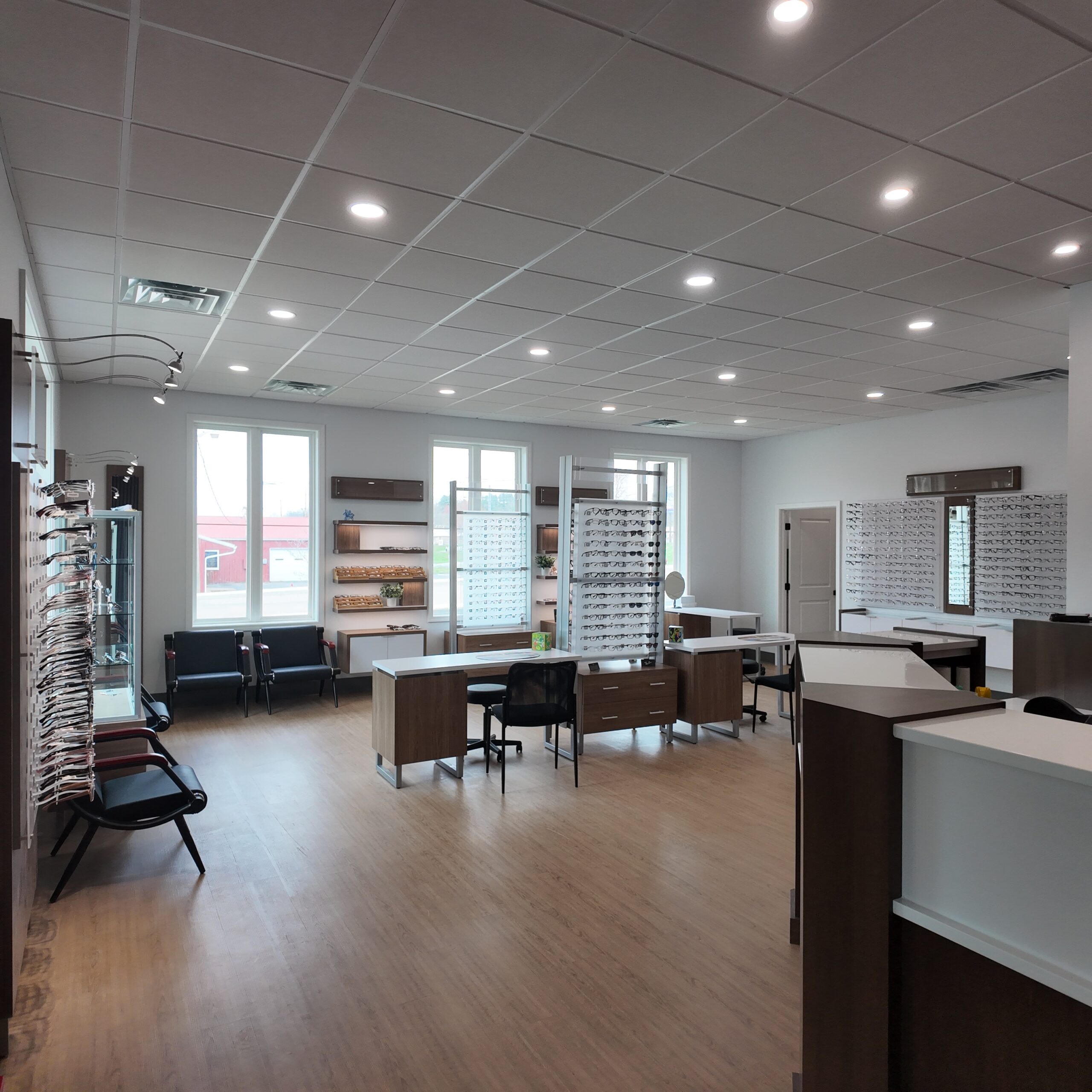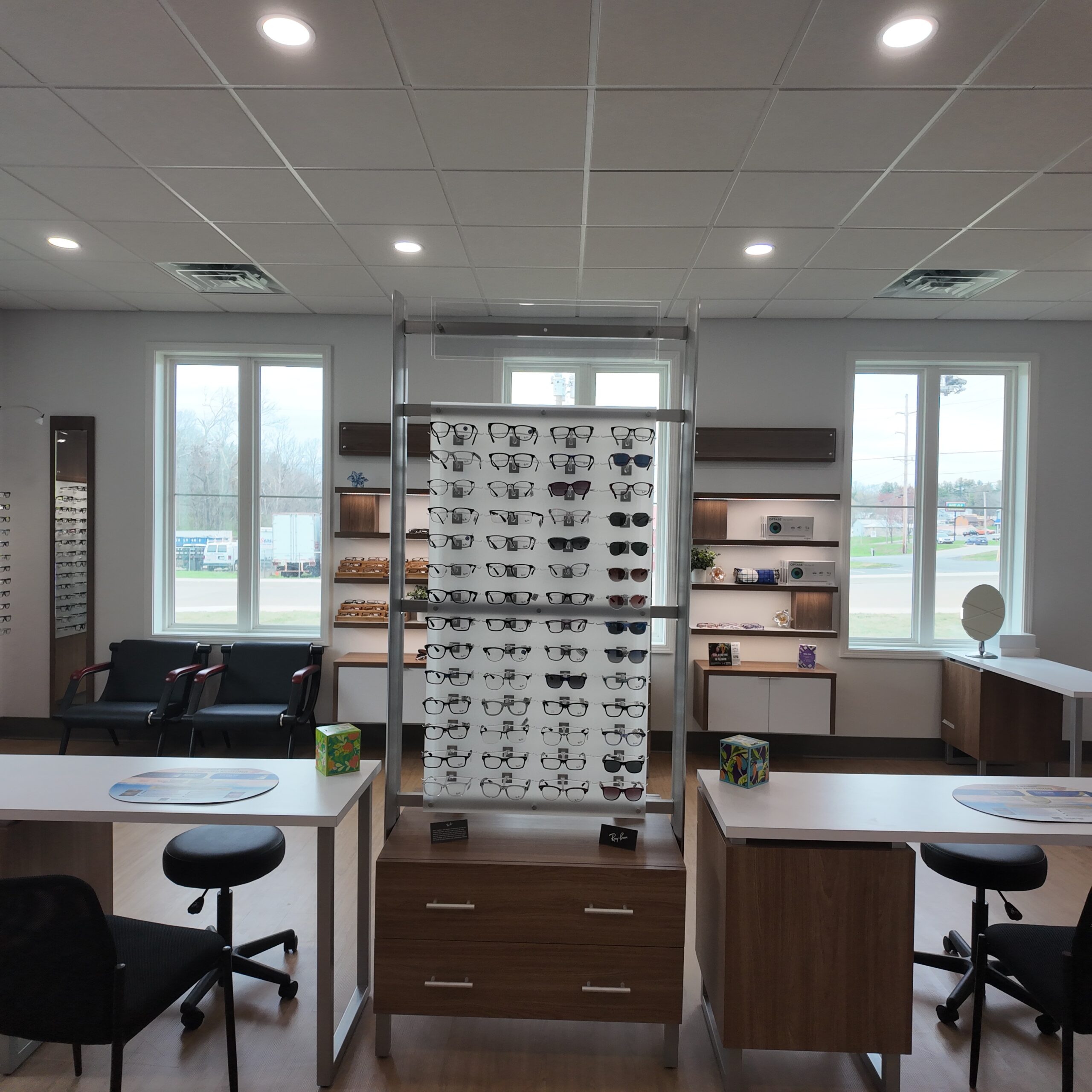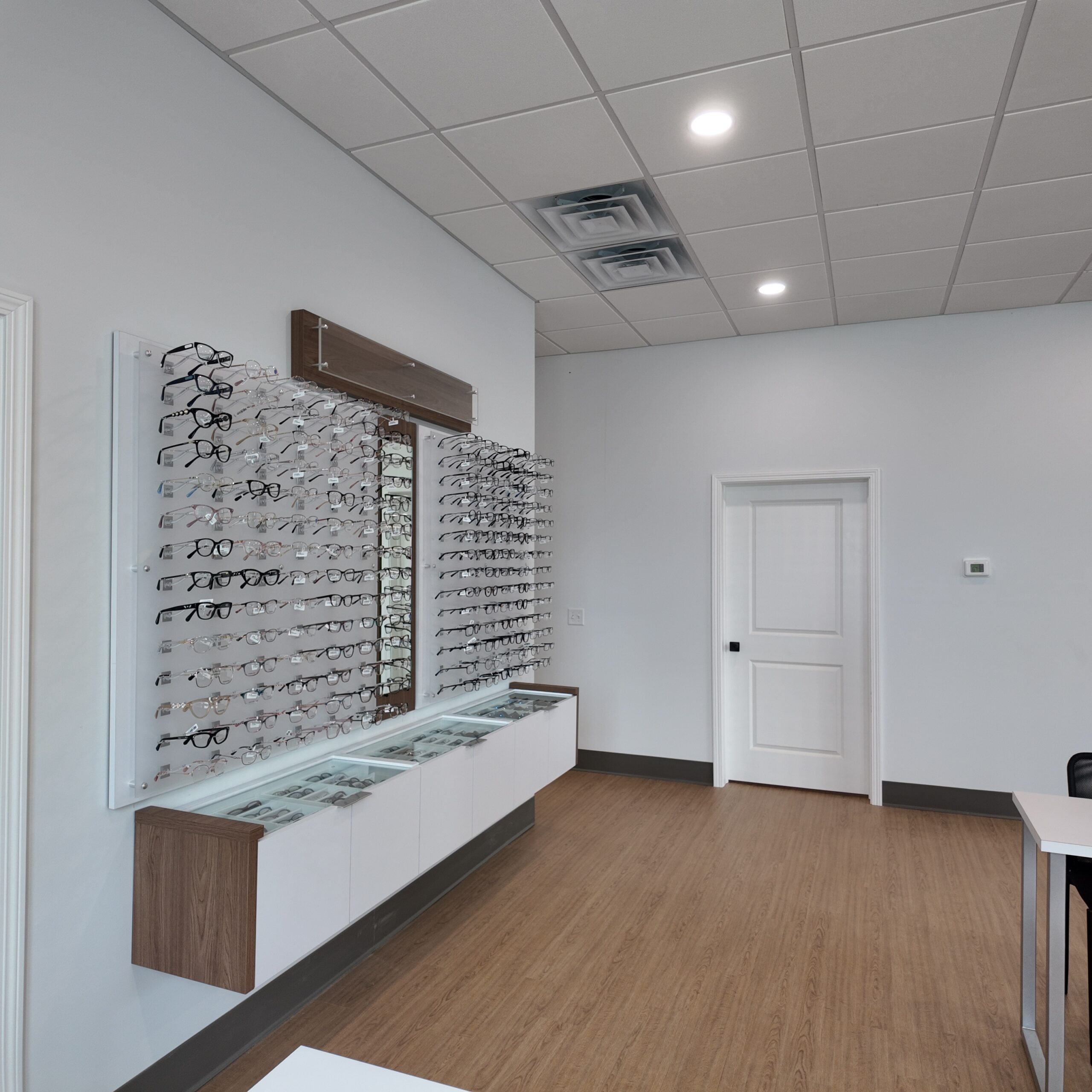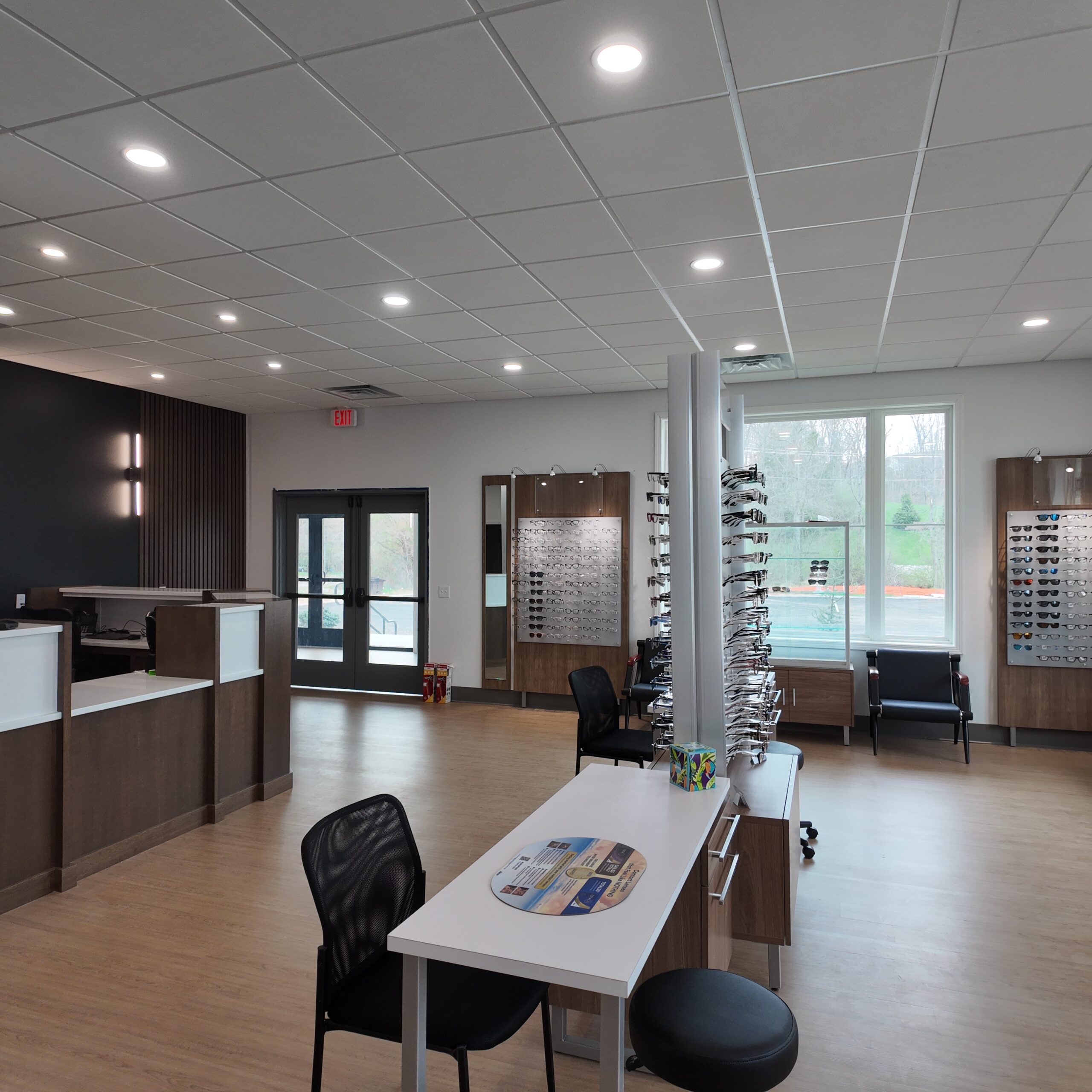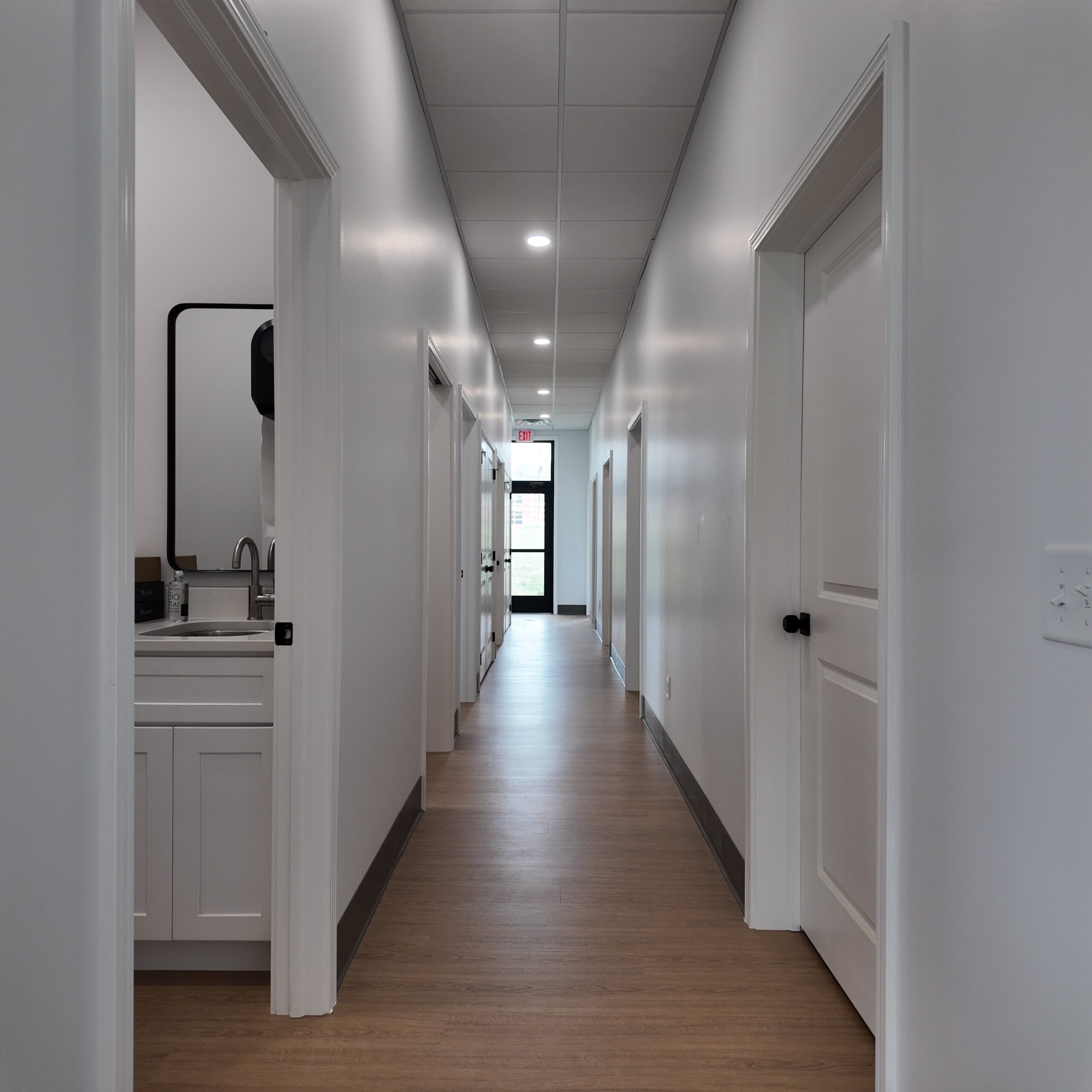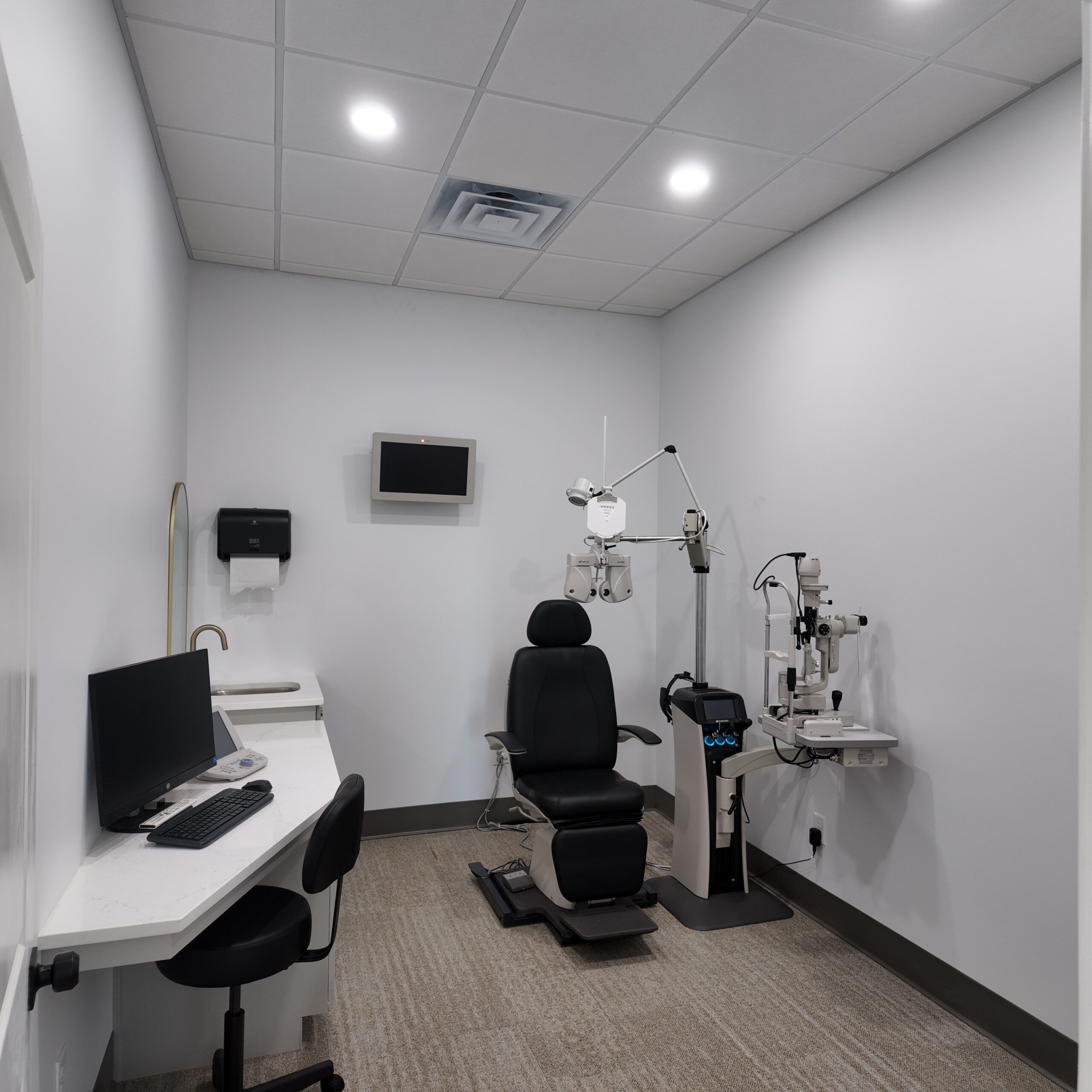Dry eyes can be more than just an annoyance; they can also impact your overall quality of life. If you’ve been exploring options for relief, you might have already come across intense pulsed light (IPL) therapy as a potential treatment option. However, as is the case for many medical procedures, one question that might come to mind is whether IPL is covered by insurance.
In most cases, IPL for dry eyes is not covered by insurance, as it’s often considered to be a cosmetic or elective treatment rather than a medically necessary one. Nonetheless, it’s still important to speak with your eye doctor about dry eye treatment options and review your insurance coverage.
What is IPL and How Does It Work for Dry Eyes?
IPL, or intense pulsed light therapy, is a non-invasive treatment primarily used in dermatology to treat skin conditions like rosacea, hyperpigmentation, and acne. However, IPL has also been shown to have some effectiveness in treating dry eye caused by meibomian gland dysfunction (MGD). This is a common condition where oil glands within the eyelids are either clogged or underperforming, leading to poor tear quality.
The treatment works by applying therapeutic bursts of light to the area around the eyes. These pulses are intended to warm the glands and reduce inflammation, allowing oils to flow more freely and stabilizing the tear film. This, in turn, can help alleviate some common dry eye symptoms, such as irritation and redness.
What is Dry Eye?
Dry eye is a condition typically caused by inadequate lubrication on the surface of the eye. This typically occurs when the eyes don’t produce enough tears or the tears evaporate too quickly.
Potential symptoms of dry eye include:
- Itchiness, redness, and or discomfort
- Blurred vision
- Increased sensitivity to light
- Gritty or sandy feeling in the eyes
Dry eye can result from various factors, including aging, hormonal changes, environmental conditions, or even underlying health conditions. If you’re experiencing any dry eye symptoms, consider booking an appointment with your eye doctor for an examination.
Why Isn’t IPL for Dry Eyes Typically Covered by Insurance?
In many cases, health insurance policies classify treatments as either medically necessary or elective/cosmetic. Since IPL therapy was originally designed as a cosmetic dermatological condition, many insurers remain uncertain or cautious about approving its use for dry eyes. As such, it’s likely that you’ll need to pay the full cost of an IPL session.

Other Dry Eye Treatment Options
With over 15 million Americans being reported to have dry eyes, there are many potential treatment and management options available. Here are a few different methods for managing and treating dry eyes:
Over-the-Counter Products
Artificial tears and lubricating eye drops can help alleviate dry eye symptoms by restoring temporary moisture to your eyes. While they may offer some immediate relief, artificial tears and drops don’t address the underlying issues that might be causing dry eyes.
Medications
Your eye doctor may recommend prescription medications to help with dry eye symptoms. Eye drops to control cornea inflammation, eye inserts, nasal sprays, and test-stimulating medicines can be used to help alleviate symptoms.
Meibomian Gland Expression (MGE)
MGE is a procedure performed by an eye care professional to express the meibomian gland and improve their function manually. This treatment can help increase quality tear production and alleviate dry eye symptoms.
Lipiflow
Lipiflow is another treatment that directly targets meibomian gland dysfunction. It uses thermal pulsation to apply heat to the eyelids and gently massage the glands, helping unclog them and improving their function.
BlephEx
BlephEx is an in-office procedure that treats inflammation of the eyelids. The treatment involves cleaning any accumulated bacteria biofilm and plaque that might be along the edge of your eyelids and eyelashes.
How to Decide if IPL is Right for You
Investing in your eye health is a big decision, particularly if it means out-of-pocket costs. Here are some tips to help you decide:
- Consult a Specialist: Your eye doctor can help evaluate whether meibomian gland dysfunction is causing your dry eyes and IPL might be an appropriate solution.
- Weight the Benefits: IPL offers long-term relief by tackling the root cause of MGD, unlike more temporary measures like artificial tears.
- Discuss Financial Options: Ask your clinic if they offer payment plans, discounts, or session packages to determine if IPL might be right for you.
- Consider Your Lifestyle: Evaluate how your dry eye symptoms impact your daily activities, such as screen time, outdoor exposure, and wearing contact lenses.
Book a Consultation Today
If you or a loved one is experiencing dry eye symptoms, it might be time to book a comprehensive eye exam. An experienced eye doctor can access your specific condition, provide a diagnosis, and recommend treatment options.
Don’t hesitate to schedule your next eye exam with Insights Optical. Our friendly team would happily help you on your journey toward improved eye health.

